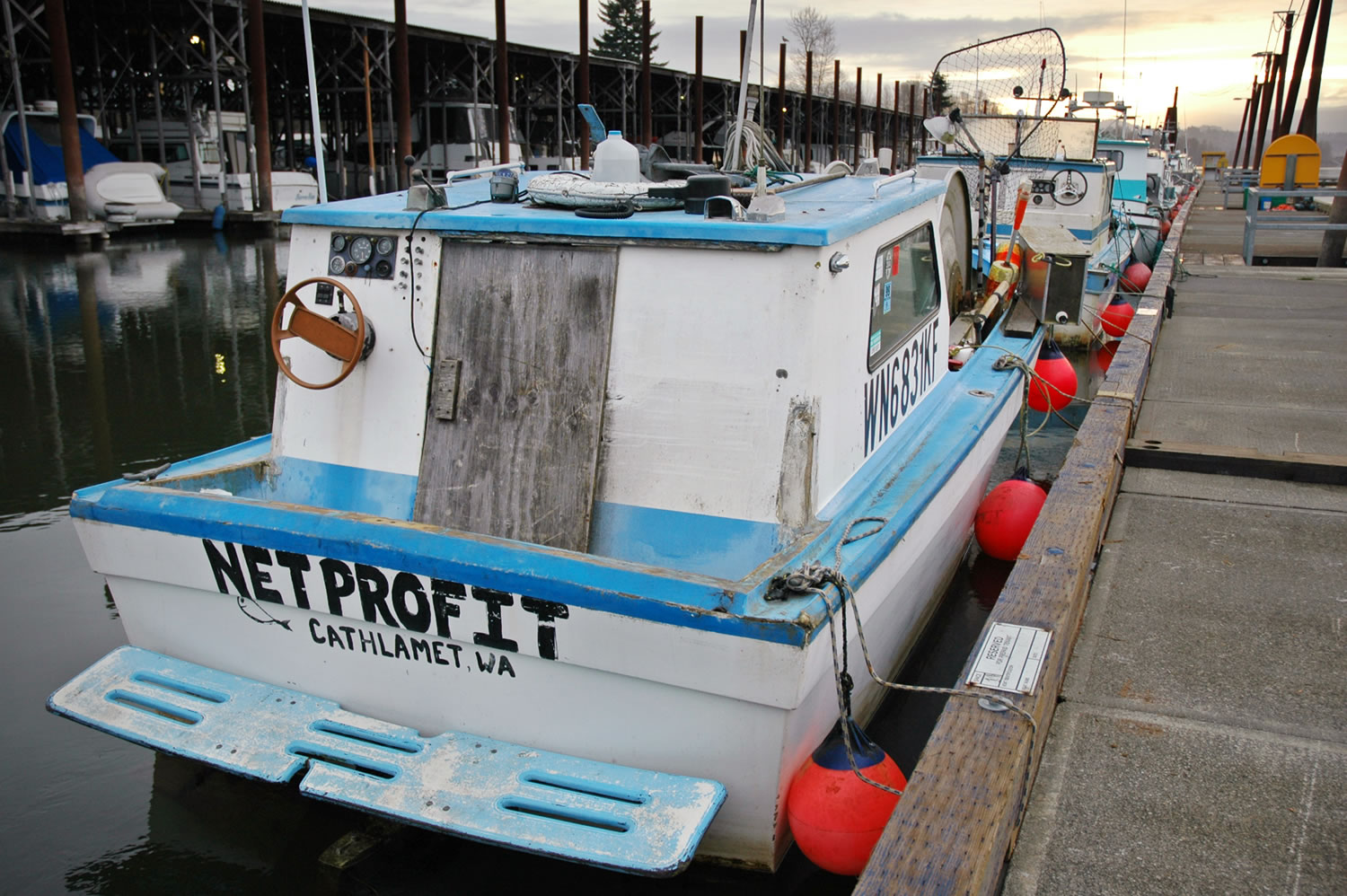Oregon fish and wildlife director Roy Elicker says he’ll meet within seven to 10 days with his Washington counterpart to discuss moving gillnetters off the lower Columbia River main stem.
The Oregon Fish and Wildlife Commission met Tuesday for its initial discussion about Gov. John Kitzhaber’s directive last week to shift the gillnetters to off-channel areas such as Youngs Bay, Tongue Point and Blind Slough near Astoria.
Five of seven Oregon commissioners participated in the conference call and all agreed to move ahead with Kitzhaber’s request.
Elicker said he has had preliminary talks with Phil Anderson, director of the Washington Department of Fish and Wildlife, regarding the process. A meeting with Anderson and his key staff is the next step.
“We’re going to get started on this right away,” Elicker said.
He mentioned using a process involving subcommittees of three Oregon commission members and a like number from Washington.
A similar process was used in 2008 to develop the Columbia River spring chinook sport-commercial plan currently in place.
Elicker said achieving Kitzhaber’s desire to have new rules in place by the end of 2012 is ambitious, but can be achieved.
Brett Brownscombe, a natural resources policy adviser to Kitzhaber, provided additional details on the Oregon governor’s goal.
Kitzhaber’s proposal is to boost hatchery salmon production in off-channel areas, then to transition the gillnet fishery to these areas.
The goal is to enhance the commercial harvest, but to move it out of the main stem of the Columbia.
Brownscombe said Kitzhaber envisions a transition period of 2013 to 2016 to get more fish released in the off-channel areas and for those salmon to return from the ocean for harvest.
Both the recreational and commercial fisheries are vital to Oregon’s economy, he said.
Kitzhaber also wants a “modest shift” in salmon allocation priority toward the sport fishery in the interim while the off-channel areas are being improved.
During the transition, gillnetting still could be allowed in the main stem, Brownscombe said. Commercial fishing in the main stem using alternatives to gillnets also are part of the vision, he added.
Those main stem commercial fisheries would be after sport fishing objectives have been met and might be used to mop up salmon that sportsmen cannot harvest, he said.
Brownscombe said Measure 81, on Oregon’s ballot in November, speeded up Kitzhaber’s move to transition the gillnets to the off-channel areas.
The measure, if approved, will prohibit gillnets and tangle nets in Oregon inland waters.
Brownscombe said Kitzhaber opposes Measure 81. The ballot issue will result in too much economic hardship for the gillnetters, he added.
Curt Melcher, deputy director of the Oregon Department of Fish and Wildlife, said much staff work needs to be done on the Kitzhaber plan.
State biologists need to identify the number of fish needed in the off-channel area to give the commercials a robust economic opportunity. There also might be physical limits in the off-channel spots.
“You can’t put 150 net pens in Blind Slough,” he said.
Hatcheries need to be identified from where production might be shifted to off-channel areas.
Locations where additional fish potentially could be raised also need to be determined.
Bobby Levy, Oregon commission chair, reiterated the need for a transparent process involving a wide range of fishery interests.
Brownscombe quoted from documents in the 1880s detailing disputes in Columbia River salmon allocations.
“There’s no shortage of conflict,” he said.




